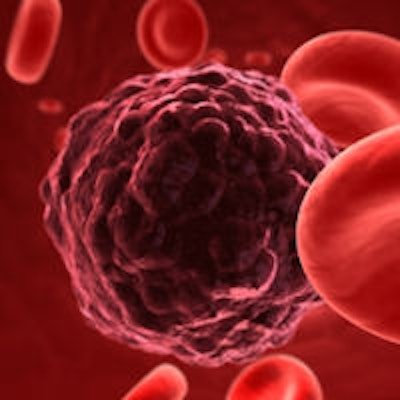
Although remarkable advances are being made against cancer, the disease continues to take an immense personal and economic toll, both nationally and internationally, according to the American Association for Cancer Research's (AACR) Cancer Progress Report 2015.
Research efforts have translated new discoveries into better methods for preventing, detecting, diagnosing, and treating cancer, the report states, and U.S. survival rates have increased in the past four decades. The five-year survival rate for all cancers increased from 49% in the mid-1970s to 68% in 2010, and the number of cancer survivors continues to grow, with nearly 14 million alive at the beginning of 2012.

Other good news is that in the past year, the U.S. Food and Drug Administration (FDA) approved nine new anticancer therapeutics and new uses for six previously approved anticancer therapeutics. During the same period, the FDA also cleared a new cancer prevention vaccine, a new cancer screening test, and a new use for an imaging agent, the report notes.
Cancer genomics research is continuing and forms the base for "precision medicine" -- a term that means treating patients based on characteristics that distinguish them from other patients with the same disease. In fact, the number of FDA-approved molecularly targeted anticancer therapeutics has more than doubled in the five years during which AACR has been publishing annual reports.
More to be done
Yet despite significant advances in research, AACR predicts that the number of new cases of cancer in the U.S. will to rise from 1.7 million in 2015 to 2.4 million in 2035; worldwide, more than 8.9 million people will die from some form of cancer this year, 589,000 of whom will be living in the U.S. And 50% of these cancer deaths in the U.S. will be due to preventable causes such as tobacco use, obesity, lack of physical activity, or failure to use interventions to prevent cancer, such as the human papillomavirus (HPV) vaccine, AACR said.
How much does it cost to treat cancer? It's estimated that the direct medical costs of cancer care in the U.S. were nearly $125 billion in 2010, a figure that will rise to $156 billion in 2020. However, federal investments in the National Institutes of Health (NIH) and its largest institute, the National Cancer Institute (NCI), have slowed. Budgets for each have not kept pace with inflation, which has resulted in NIH losing 25% of its budget to fund biomedical research, AACR said. In addition, direct budget cuts in 2011 and 2013 slashed federal support of NIH and NCI.
Because of this, AACR is urging Congress and the Obama administration to provide annual budget increases of at least 7% for the FDA, NIH, and NCI beginning in fiscal 2016 and continuing thereafter, according to the report.
Survey says
Along with its annual report, this year AACR also published results from a survey it conducted in July that included 1,000 registered U.S. voters. The survey showed the following:
- Eight out of every 10 voters (81%) favor using taxpayer dollars to fund medical research.
- Nearly three out of every four voters (74%) favor increasing federal funding for cancer research.
- Nine in 10 Americans (88%) know someone who has had cancer; almost half (47%) have a close friend or family member who currently has cancer.




















